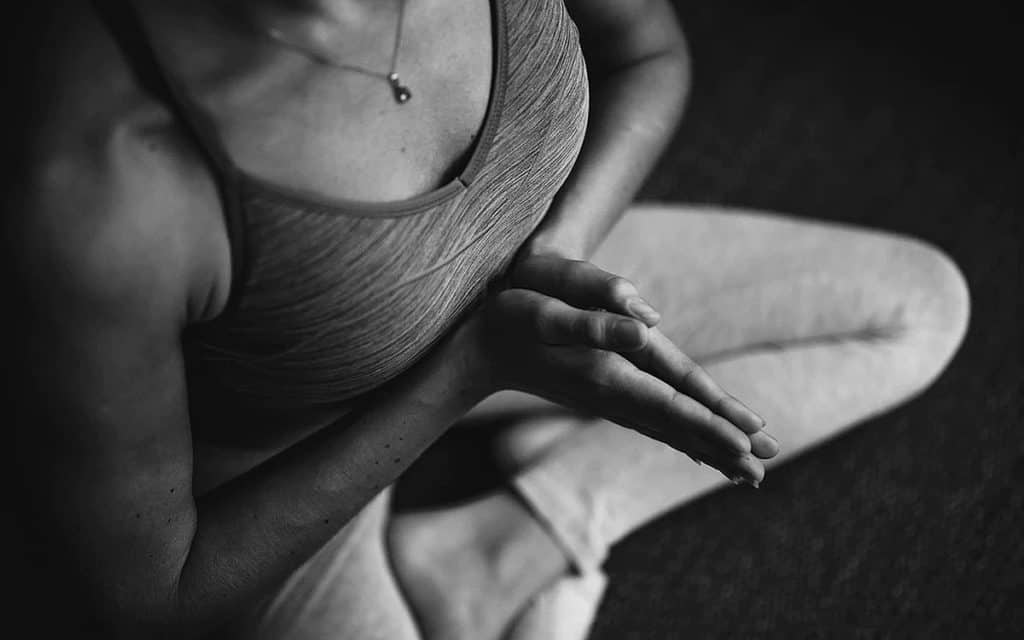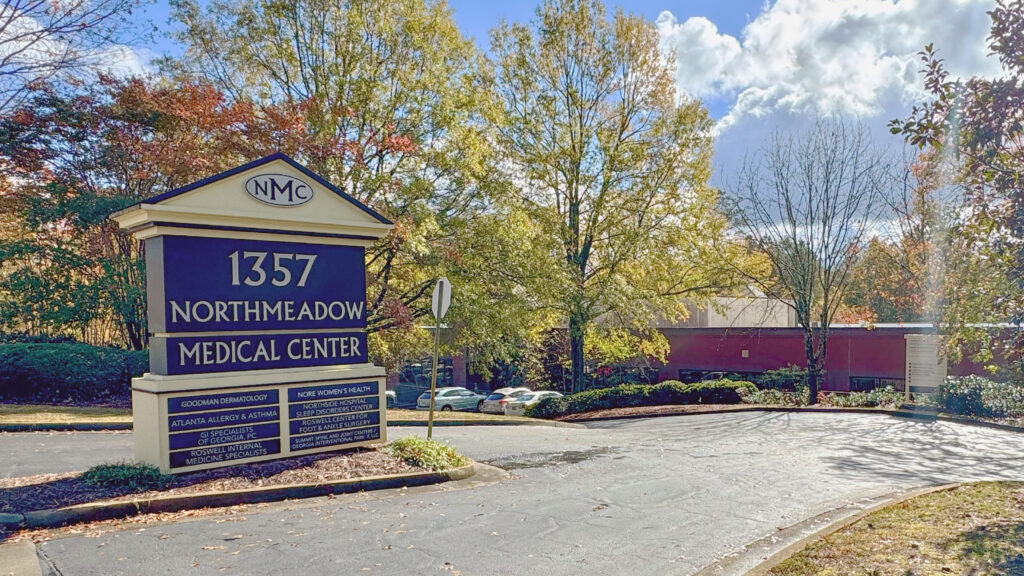Menstrual disorders can be painful and disruptive to a woman’s daily life. For many women, diagnosis and treatment are imperative to get back to a regular routine. While numerous types of menstrual disorders range in severity and symptoms, some of the most common symptoms are bleeding, cramping, fatigue, and emotional discomfort.
There are several treatment options that your doctor may suggest; however, exercising while on your period may help. Of course, always consult with your doctor to make sure that specific exercises are safe for you. Here we will discuss the impact that exercising can have on menstrual disorders and better understand how certain exercises may provide relief.
Low-Intensity Workouts
Working out while on your period may be something that many women still want to do even with their uncomfortable symptoms. Doing so may help you get rid of menstrual cramps immediately, or it may simply help reduce some of the PMS symptoms that are more common such as irritability or mood swings. Low-intensity workouts allow you to still get in a good sweat session without worrying about overdoing it.
Intense exercise can cause your period to stop, which means the body is not creating enough estrogen. Of course, low estrogen levels can lead to a host of other health concerns. A good rule of thumb is to reduce your exercise regime by 50% during your period, especially if you suffer from menstrual disorders that may come with a few different symptoms. For example, if you usually run, perhaps you speed walk or jog.
 Exercises that Relieve Cramps
Exercises that Relieve Cramps
One of the most challenging symptoms of many menstrual disorders is intense cramps. Cramping is not only painful but for some women, it requires bed rest until the pain subsides. While some women may not feel like exercising, some moves relieve cramps. Some of the common exercises to try include:
Forward bend: The forward bend movement is as simple as it sounds. Simply stand with your feet together, bend over as far as you can to touch your toes. If possible, bring your face toward your knees. Allow yourself to slowly inhale and exhale. Hold this position for at least one minute.
Head-to-Knee: This move may require some flexibility, but it does, in fact, work. Sit with your legs spread apart and bring your right foot in toward your left thigh. Slowly, bring your head down to your knee. If you don’t have this much flexibility, that’s okay. Go as far down as you comfortably can. The most important thing is to allow your body to relax and breathe slowly and intentionally. Hold for about one minute.
Wide-Angle Bend: This is another fairly simple move that may bring some relief to period cramps. Sit up with your back straight, slowly spread your legs as far as possible. Lean forward and place your hands out in front of you. Try to keep your knees pointed toward the ceiling as you breathe in and out.
Keep in mind; it’s okay if you can’t make these moves perfectly. Mostly, the benefit comes from gentle movements and slow and steady breathing. Sometimes, taking the focus off your cramps and
Aerobic Exercises: Some women may feel up to doing some aerobic exercises like biking, walking, or running. These exercises may help with the mood swings and fatigue that women often feel when they suffer from PMS.
Low-Volume Strength Training: Some studies show that women have more gains during the first two weeks of their menstrual cycle. It’s a great time to do lower-level strength training to take advantage of the gains your body may naturally go through during this time.
Instead, concentrating on your breathing can go a long way toward relieving some of those difficult symptoms.
Yoga and Your Menstrual Cycle
As you may realize, many of the exercises listed above are yoga moves. Yoga has many benefits that can help relieve symptoms associated with menstrual disorders that go well beyond relieving cramping. The calmness created during yoga can improve your mood and give you a bit of clarity on those days when PMS symptoms are especially severe. Because it is still a form of exercise, your body will still release endorphins that can help improve your mood, but without the intensity of other workouts.
Give yourself a few moments to work through some of the yoga poses, and chances are you will feel much better afterward. Many women indicate that yoga is a gentler exercise that they can incorporate into their routine, and they can continue even during their period. This means no disruption to regularly scheduled exercises, which may benefit women who want to stay on track with their exercise goals.
 Exercises to Avoid
Exercises to Avoid
Some women may be curious if there are some exercises that they should avoid. One of the most commonly asked questions is if they should stop swimming or jumping rope while on their period. The truth is, there isn’t a particular exercise that women should stop doing. Some women feel more tired, or the cramps may prove to be too much for certain moves. It’s always important to listen to your body and make those choices accordingly. The decision largely comes down to what the woman feels will benefit her body and relieve some of those symptoms. It is suggested to decrease the intensity and volume of exercises, but movement during this time is very beneficial.
More Questions about Menstrual Disorders and Exercising
The bottom line is that exercising may help relieve some of the symptoms associated with many menstrual disorders, especially fatigue, cramps, and irritability. Do you live with a menstrual disorder and want to learn more about how exercises may help during your menstrual cycle? At Nore Health, we are dedicated to helping each patient understand which resources work best for them. Contact our office today, and our knowledgeable staff can assist you and schedule your appointment if you would like to speak with our knowledgeable health providers.



